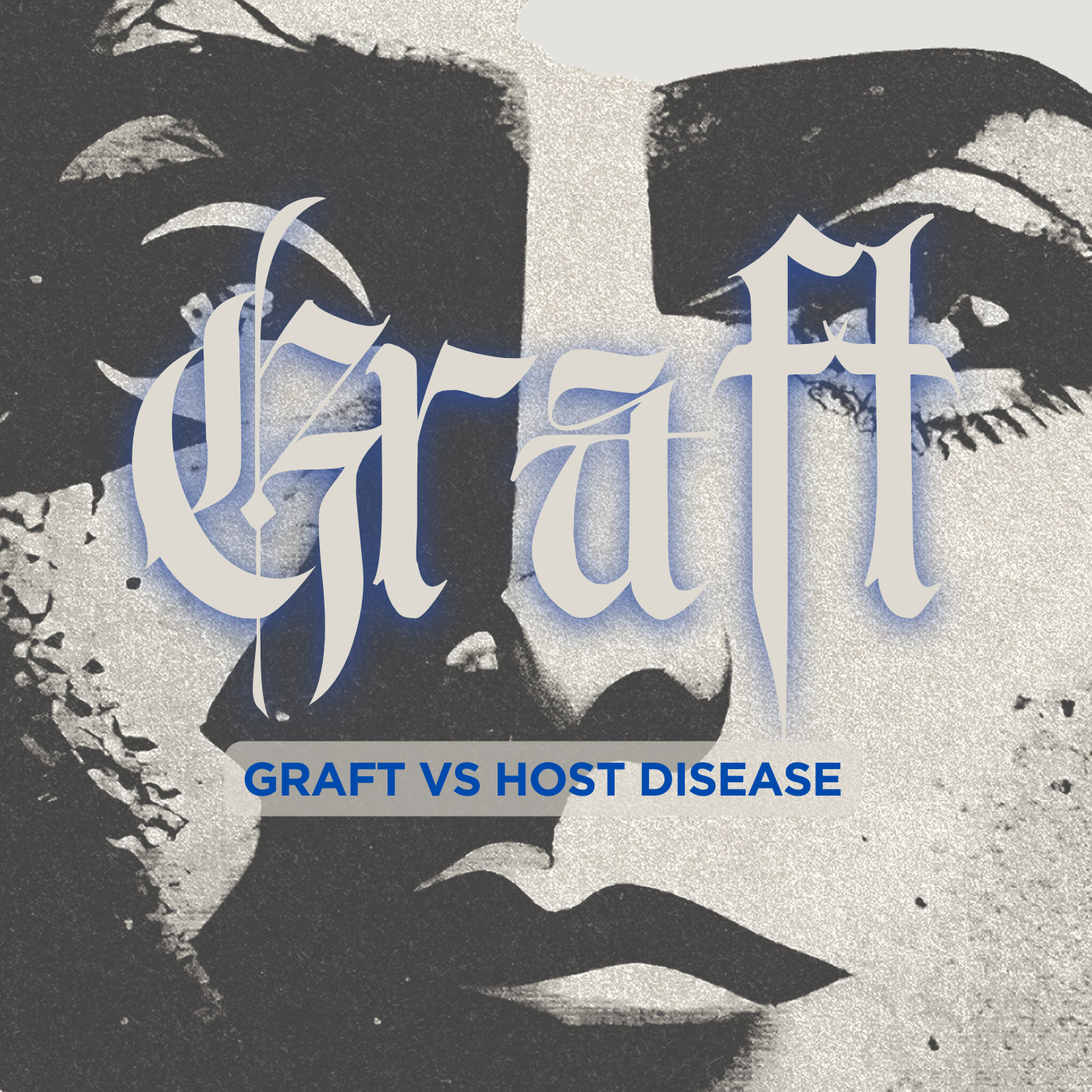Omenn syndrome symptoms are very similar to those of graft-versus-host disease (GVHD) due to abnormal T cells that have a specific affinity for self antigens found in the thymus and in the periphery and limited levels of recombination with mutant RAG genes
Omenn syndrome is an autosomal recessive severe combined immunodeficiency. It is associated with hypomorphic missense mutations in immunologically relevant genes of T-cells (and B-cells) such as recombination activating genes (RAG1 and RAG2), Interleukin-7 receptor-α (IL7Rα), DCLRE1C-Artemis, RMRP-CHH, DNA-Ligase IV, common gamma chain, WHN-FOXN1, ZAP-70 and complete DiGeorge syndrome. It is fatal without treatment.
- Santagata S, Villa A, Sobacchi C, Cortes P, Vezzoni P (2000). “The genetic and biochemical basis of Omenn syndrome”. Immunol Rev. 178: 64–74. doi:10.1034/j.1600-065X.2000.17818.x. PMID 11213808. S2CID 32270945.
Symptoms and signs

The symptoms are very similar to graft-versus-host disease (GVHD). This is because the patients have some T cells with limited levels of recombination with the mutant RAG genes. These T cells are abnormal and have a very specific affinity for self antigens found in the thymus and in the periphery. Therefore, these T cells are auto-reactive and cause the GVHD phenotype.[citation needed]
A characteristic symptom is chronic inflammation of the skin, which appears as a red rash (early onset erythroderma). Other symptoms include eosinophilia, failure to thrive, swollen lymph nodes, swollen spleen, diarrhea, enlarged liver, low immunoglobulin levels (except immunoglobulin E, which is elevated), low T cell levels, and no B cells.
- Parham, Peter (2009). The Immune System (3rd ed.). Taylor & Francis Group. p. 128. ISBN 9781136977107.
- Geha, Raif; Notarangelo, Luigi (2012). Case Studies in Immunology: A Clinical Companion (6th ed.). Garland Science. ISBN 978-0-8153-4441-4.
Genetics
Omenn syndrome is caused by a partial loss of RAG gene function and leads to symptoms similar to severe combined immunodeficiency syndrome, including opportunistic infections. The RAG genes are essential for gene recombination in the T-cell receptor and B-cell receptor, and loss of this ability means that the immune system has difficulty recognizing specific pathogens. Omenn Syndrome is characterised by the loss of T-cell function, leading to engraftment of maternal lymphocytes in the foetus and the co-existence of clonally expanded autologous and transplacental-acquired maternal lymphocytes. Omenn syndrome can occasionally be caused in other recombination genes, including IL-7Rα and RMRP.
- Parham, Peter (2009). The Immune System (3rd ed.). Taylor & Francis Group. p. 128. ISBN 9781136977107.
- Geha, Raif; Notarangelo, Luigi (2012). Case Studies in Immunology: A Clinical Companion (6th ed.). Garland Science. ISBN 978-0-8153-4441-4.
- Lev A, Simon AJ, Ben-Ari J, Takagi D, Stauber T, Trakhtenbrot L, Rosenthal E, Rechavi G, Amariglio N, Somech R (2014). “Co-existence of clonal expanded autologous and transplacental-acquired maternal T cells in recombination activating gene-deficient severe combined immunodeficiency”. Clin Exp Immunol. 176 (3): 380–6. doi:10.1111/cei.12273. PMC 4008982. PMID 24666246.
Diagnosis
In order to diagnose a patient specifically with Omenn Syndrome, an autosomal recessive form of SCID, a physician can order a genetic testing panel to look for 22q11 microdeletions or mutations of the RAG1/RAG2 genes.
- U.S. Department of Health and Human Services, National Institutes of Health, Genetic and Rare Diseases Information Center (last updated 2016). Omenn Syndrome. Retrieved from: https://rarediseases.info.nih.gov/diseases/8198/omenn-syndrome
Treatment
The only treatment for Omenn syndrome is chemotherapy followed by a bone marrow transplantation. Without treatment, it is rapidly fatal in infancy.
- Parham, Peter (2009). The Immune System (3rd ed.). Taylor & Francis Group. p. 128. ISBN 9781136977107.
- Geha, Raif; Notarangelo, Luigi (2012). Case Studies in Immunology: A Clinical Companion (6th ed.). Garland Science. ISBN 978-0-8153-4441-4.
See also
References
- Santagata S, Villa A, Sobacchi C, Cortes P, Vezzoni P (2000). “The genetic and biochemical basis of Omenn syndrome”. Immunol Rev. 178: 64–74. doi:10.1034/j.1600-065X.2000.17818.x. PMID 11213808. S2CID 32270945.
- Parham, Peter (2009). The Immune System (3rd ed.). Taylor & Francis Group. p. 128. ISBN 9781136977107.
- Geha, Raif; Notarangelo, Luigi (2012). Case Studies in Immunology: A Clinical Companion (6th ed.). Garland Science. ISBN 978-0-8153-4441-4.
- Lev A, Simon AJ, Ben-Ari J, Takagi D, Stauber T, Trakhtenbrot L, Rosenthal E, Rechavi G, Amariglio N, Somech R (2014). “Co-existence of clonal expanded autologous and transplacental-acquired maternal T cells in recombination activating gene-deficient severe combined immunodeficiency”. Clin Exp Immunol. 176 (3): 380–6. doi:10.1111/cei.12273. PMC 4008982. PMID 24666246.
- U.S. Department of Health and Human Services, National Institutes of Health, Genetic and Rare Diseases Information Center (last updated 2016). Omenn Syndrome. Retrieved from: https://rarediseases.info.nih.gov/diseases/8198/omenn-syndrome
External links
| Classification | DICD–10: D81.2 (ILDS D81.210)OMIM: 603554 DiseasesDB: 32676 |
|---|---|
| External resources | eMedicine: ped/1640 Orphanet: 39041 |
| Lymphoid and complement disorders causing immunodeficiency |
|---|




Leave a Reply